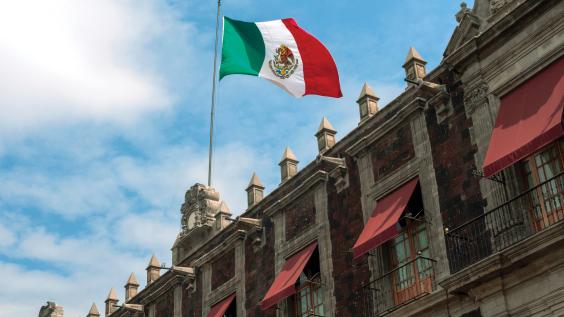
Table of Contents
To access the full paper, download the PDF on the left-hand sidebar.
This report was written collaboratively by experts from the Baker Institute Center for the U.S. and Mexico and other contributors. Learn more about the annual Mexico Country Outlook conference and accompanying report.
Introduction
No country has a greater impact on the daily lives of Americans than Mexico. Binational trade now exceeds $700 billion per year, encompassing the energy, manufacturing, agriculture, tourism, service, and retail industries. As many as 5 million U.S. jobs depend on America’s commercial relationship with Mexico. Cooperation between the two nations is crucial as both governments work to stem the flow of illegal drugs and undocumented migration, and to ensure a stable and secure North American region.
Against this backdrop, the Center for the United States and Mexico conceived the idea for the Mexico Country Outlook, an annual program on the political, economic, regulatory, social, and security issues that will affect the process of doing business in Mexico in the coming year. The 2020 outlook also includes an analysis of current trends and expected developments, as well as insights on the U.S.-Mexico relationship during a period of heightened tensions.
The content for the program draws on the expertise of center scholars, all of whom have lived and worked in Mexico for decades and whose perspectives are informed by rigorous, on-the-ground research and a network of academic, government and private-sector experts in Mexico and the United States.
This handbook was written with close attention to the impact of President Andrés Manuel López Obrador on Mexico’s changing environment. While we also consider structural and external factors that the president cannot control, López Obrador is by far the most important voice in Mexico today—and his political and policy preferences are profoundly affecting not only the country’s present but its long-term future.
This material may be quoted or reproduced without prior permission, provided appropriate credit is given to the author and Rice University’s Baker Institute for Public Policy. The views expressed herein are those of the individual author(s), and do not necessarily represent the views of Rice University’s Baker Institute for Public Policy.


